
A blog focusing on 1/64 diecast from such popular brands as Hot Wheels, Matchbox, Johnny Lightning, M2 Machines, GreenLight, Tomica, Yat Ming, Majorette, MotorMax, Siku, Corgi, Guisval, Playart, Ertl, Zylmex, Racing Champions, & many more. Swifty's Garage features a daily Car Of The Day and news updates from your favorite brands!
Wednesday, February 2, 2011
Car Of The Day: February 2, 2011
Today's car of the day comes from Firehawk73's collection and is Matchbox's 1971 Chevrolet Camaro Z-28.
The second generation Chevrolet Camaro is a pony car by the Chevrolet division of General Motors produced for the 1970 through 1981 model years. It was introduced February 26, 1970. The second generation Camaro's styling was inspired in part by Jaguar, Aston Martin, and Ferrari. It was longer, lower, and wider than the first generation Camaro, and is "widely considered the best all-around domestic musclecar ever produced." A convertible body-type was no longer available. GM engineers have said the second generation is much more of "A Driver's Car" than its predecessor.
When I found this car hanging on the pegs years ago, it blew me away on how the car looked. I think Matchbox did an excellent job on this casting and the emerald green really makes it even better.
Dubbed "Super Hugger", the second generation Camaro was developed without the rush of the first generation and benefited from a greater budget in light of the success of the first generation. Although it was an all-new car, the basic mechanical layout of the new Camaro was familiar, engineered much like its predecessor with a unibody structure utilizing a front subframe, A-arm and coil spring front suspension, and rear leaf springs. The chassis and suspension of the second generation were greatly refined in both performance and comfort; base models offered significant advances in sound-proofing, ride isolation, and road-holding. Extensive experience Chevrolet engineers had gained racing the first-generation led directly to advances in second-generation Camaro steering, braking, and balance. Although it began its run with a number of high performance configurations, as the 1970s progressed, the Camaro grew less powerful, succumbing, like many production cars of the era, to the pressures of tightening emissions regulations and a fuel crisis. Major styling changes were made in 1974 and 1978; 1981 was the final model year for the second generation Camaro.
The 1971 Camaro received only minor appearance changes from its 1970 counterpart. Inside, new high-back Strato bucket seats with built-in headrests replaced the 1970-only low-back seats with adjustable headrests. The biggest changes came under the hood due to a GM-corporate mandate all engines be designed to run on lower-octane regular leaded, low-lead, or unleaded gasoline, necessitating reductions in compression ratios and horsepower ratings. The 250 ci 6, 307 ci V8 and two-barrel 350 V8 were virtually unchanged as they were low-compression regular-fuel engines in 1970 and previous years, while the LT-1 350 V8 used in the Z/28 dropped from 360 to 330 horsepower (250 kW) due to compression ratio decline from 11.0:1 to 9.0:1, and the big 396/402 V8 dropped from 350 to 300 horsepower (220 kW) due to compression ratio drop from 10.25:1 to 8.5:1.
Production and sales dropped due to a 67-day corporate-wide strike at GM that coincided with the introduction of the 1971 models in late September 1970, along with a continued declining interest in the ponycar market fueled by skyrocketing insurance rates for high-performance cars. Rumors of the possible cancellation of the Camaro after 1972 began to surface and were nearly confirmed a year later when another worker's strike hit the assembly plant at Norwood, Ohio, which was the only plant building Camaros and Firebirds. Production had been discontinued at the Van Nuys, California plant in 1970 in favor of Chevy Novas.
Subscribe to:
Post Comments (Atom)
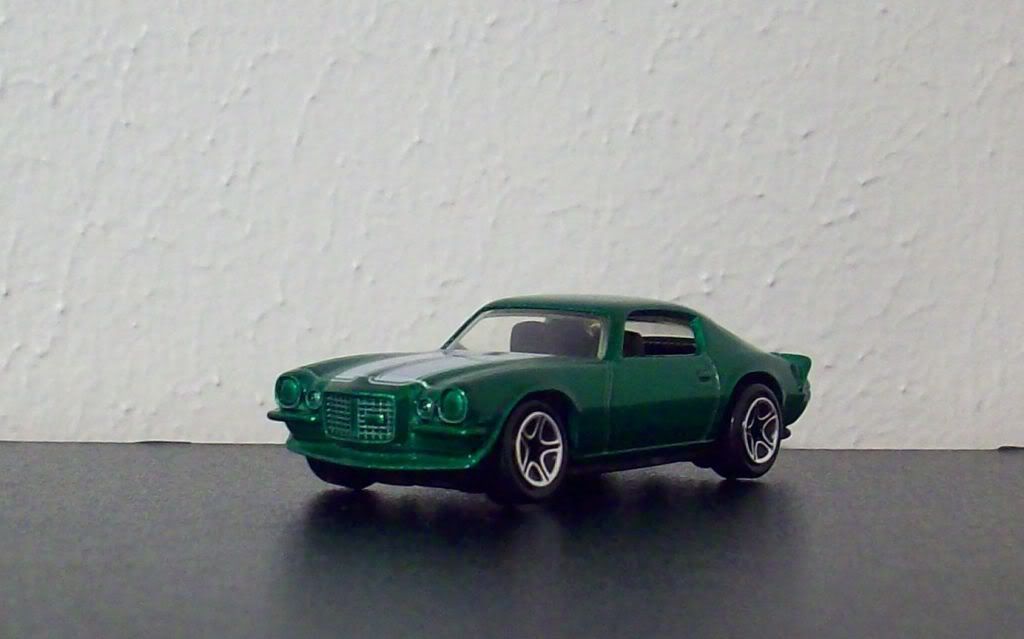
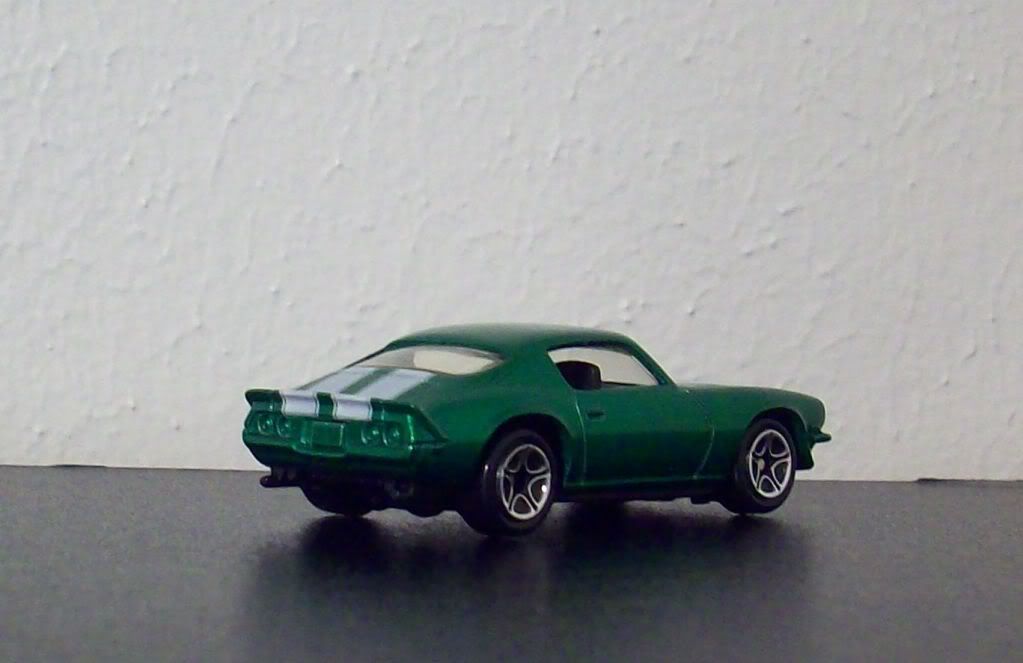
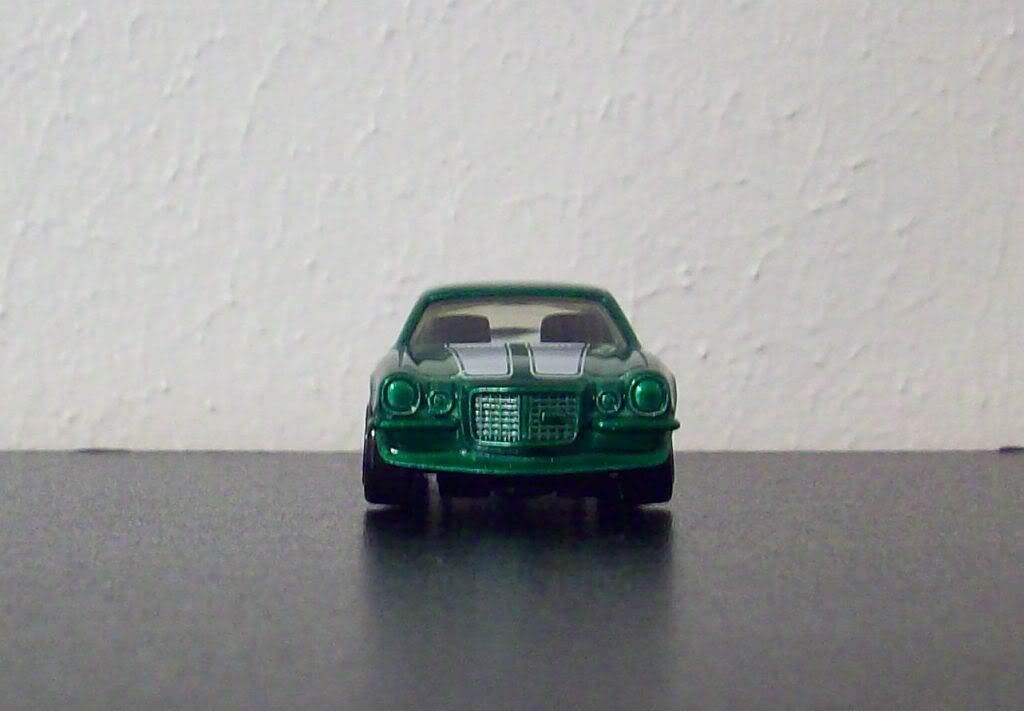
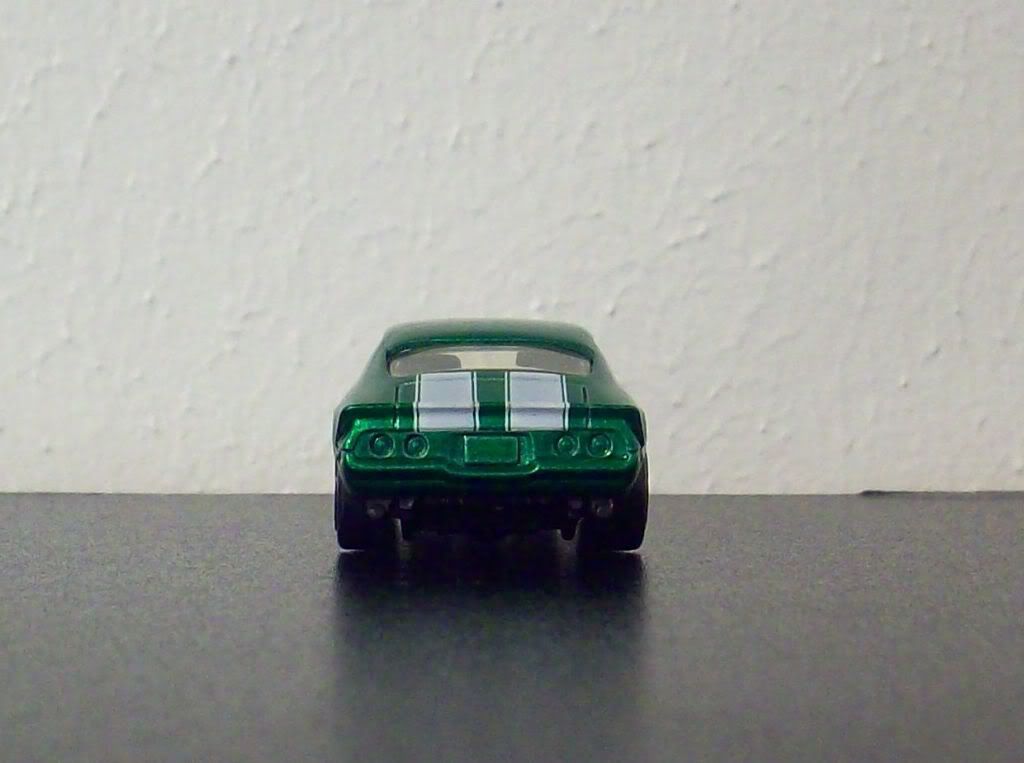
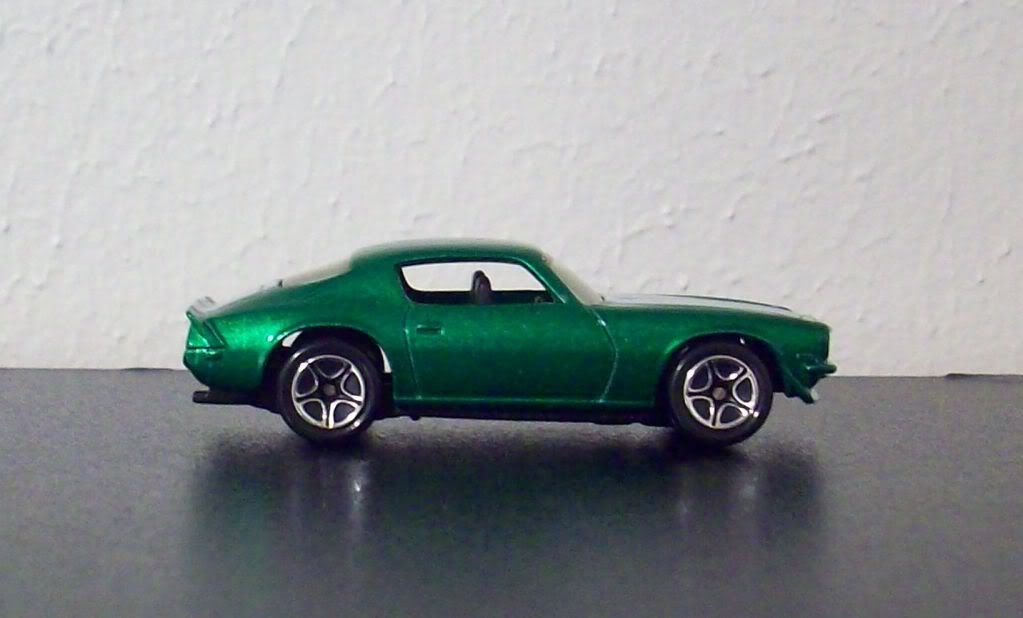
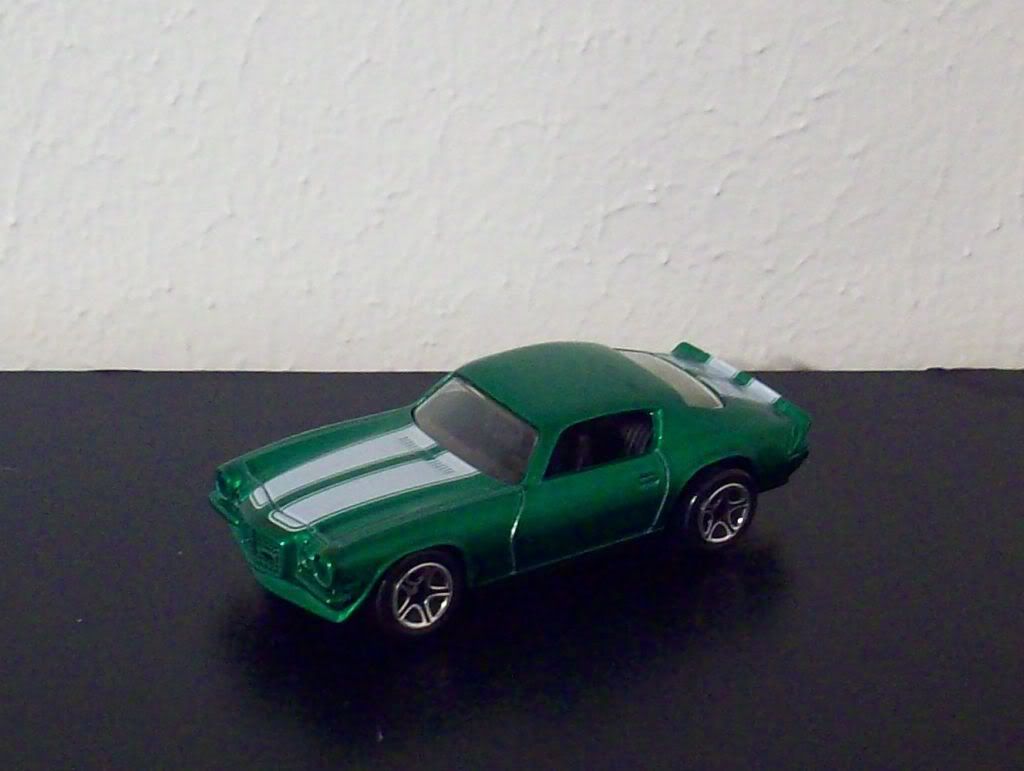
No comments:
Post a Comment